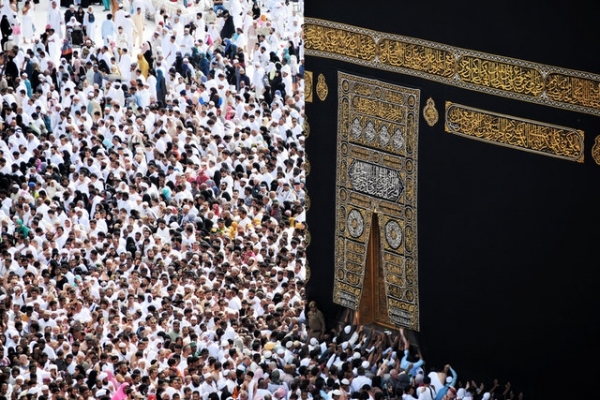Markets outside Bab al-Yaman, the ancient main entrance of Yemen's capital Sana’a, are packed with people due to the upcoming Eid holday: there are no signs of fighting.
For it, traditionally, men wear ceremonial daggers, known as jambiya, while women paint their bodies with henna, and they sacrifice sheep as an honorific and good omen gesture. An UN-backed truce has been in place since April but negotiations over access to Taiz remain a stumbling block in talks between the government and the Houthis. The inner fragmentation of the city and stall in negotiations divided families, which are forced to travel through dangerous mountain roads instead of through the main one of Taiz. Nonetheless, the Yemeni population tried to uphold Eid’s traditions.
The jambiya, a symbol of masculinity, which is worn on an embroidered belt, can cost thousands of dollars, depending on the intricacy of the designs, and on the material of the hilt. But for many Yemenis, in the middle of a war and economic crisis, those prices are unaffordable, so they restore to Chinese-made plastic imitations. The henna, sold in the market, comes from Badyat Al-Henna, a village named after the dye. During Eid, it is bought largely because many weddings are celebrated: women use it for rituals like the 'night of henna', when the bride's hands and legs are decorated with it, before being taken to the groom's house. In Nuqum, Sanaa's biggest livestock market, farmers sell sheep, which are part of a sacrificial ritual. Due to the lack of monsoon rains, most of them were sold before Eid because farmers were unable to feed them, so this year, many families were forced to buy calves instead.
To read more, visit:
- http://www.emro.who.int/fr/media/actualites/regional-directors-statement-on-eid-al-adha-2022.html
- https://english.alaraby.co.uk/opinion/despite-war-eid-spirit-alive-yemen
by Viola Rubeca







